How to Deal with Lawn Pests in Omaha

Are you an Omaha homeowner or property manager battling ugly patches, plant damage, and overall declining health in your thriving yard? Lawn pests are a common problem that can quickly turn your green oasis into a headache. Imagine the frustration of seeing your meticulously cared-for lawn succumb to these invaders, diminishing its beauty and your property’s curb appeal. The constant worry about your landscape’s well-being can be overwhelming.
The good news is, you don’t have to let pests take over! With proper knowledge and maintenance, you can tackle these invaders effectively. In this post, we’ll equip you with the best strategies for pest control, covering the types of lawn pests you’re most likely to encounter in Omaha and their specific effects on your landscape. Reclaim your vibrant lawn and enjoy the peace of mind that comes with a healthy, pest-free yard!
Lawn Pests in Omaha: Grubs – The Root Destroyers
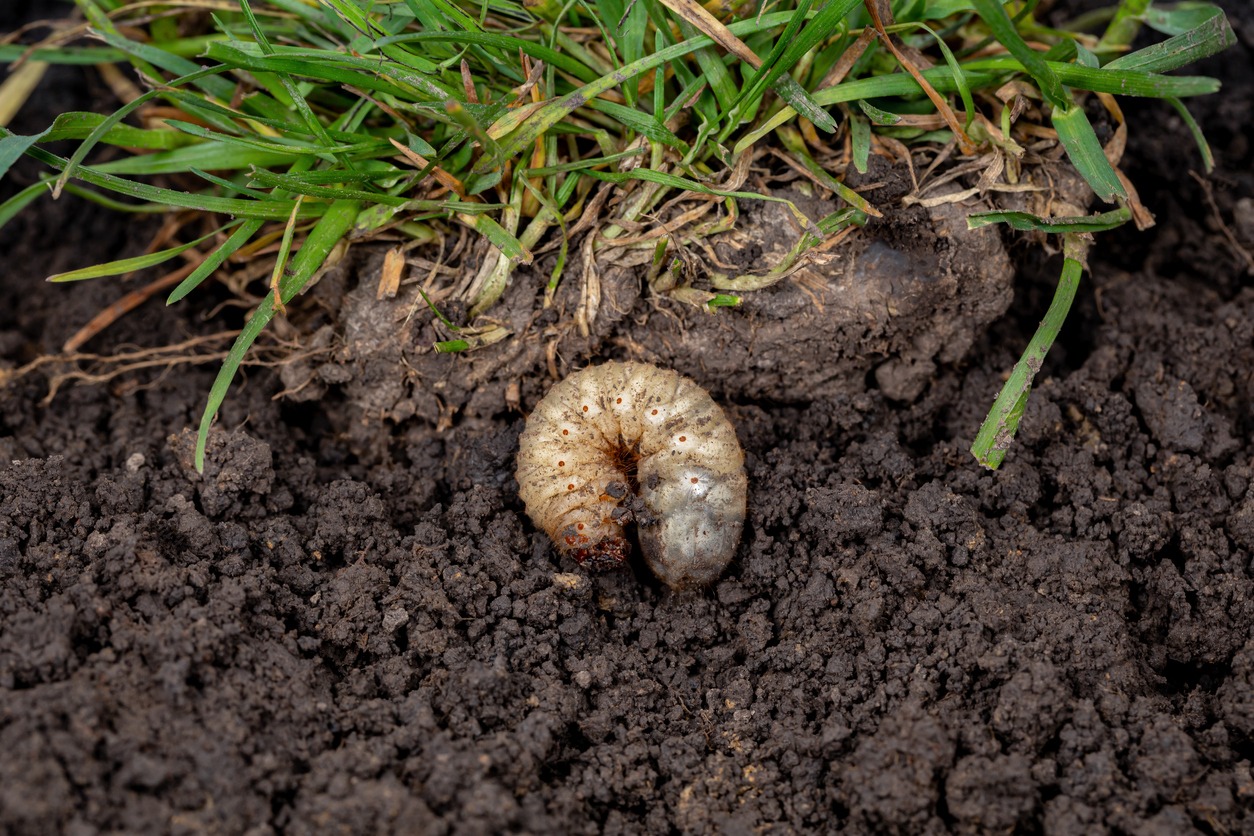
What They Are: Grubs are the larvae of various beetles, including Japanese beetles and June bugs. These small, C-shaped critters feed on grass roots, causing significant damage to lawns, especially in the summer.
What They Affect: Grubs primarily affect the roots of your grass, making it easier for your lawn to dry out and preventing the roots from getting the nutrients they need. As grubs eat, the affected grass starts to turn brown and dies. In extreme cases, you might notice sections of your lawn that can be easily pulled up, like a carpet being peeled back.
How to Get Rid of Them:
- Apply Beneficial Nematodes: Beneficial nematodes control grubs eco-consciously and effectively. They infect and kill grubs within 24-48 hours via symbiotic bacteria, then reproduce. Non-toxic to humans, pets, and beneficial insects, this method offers sustainable, long-term control. Apply when grubs are active (soil 60-90°F), typically late summer to early fall or spring, ensuring moist soil and applying in the evening or on a cloudy day.
- Use Insecticidal Treatments: In extreme cases, treating the lawn with a targeted grub control insecticide can help reduce their population. It’s best to apply it in late spring to early summer, when grubs are in their young, vulnerable stages.
- Promote Healthy Grass Growth: A strong, healthy lawn is better able to withstand grub damage. Keep your lawn well-watered and fertilized to make it less attractive to these pests.
Chinch Bugs: Tiny but Destructive
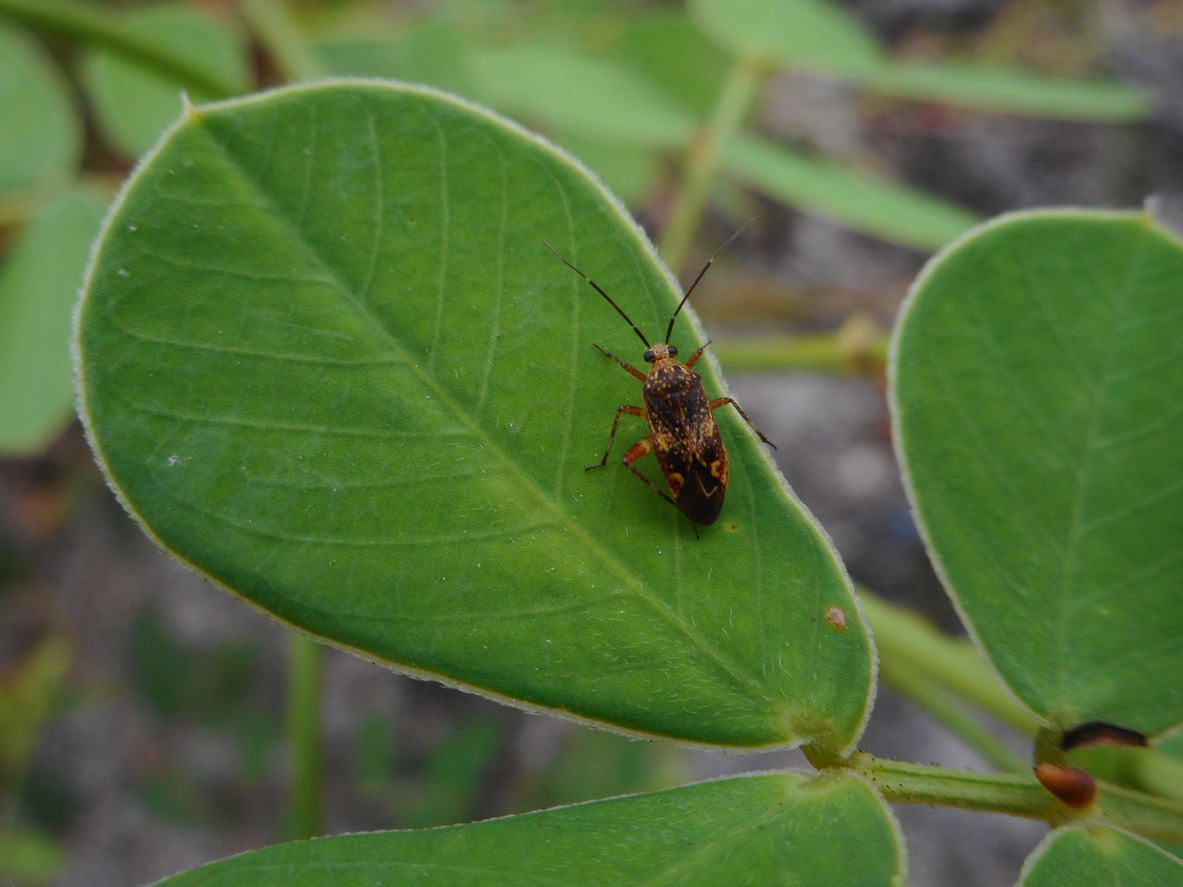
What They Are: Chinch bugs are small, fast-moving insects that feed on the sap of grass blades. Despite their size, they can wreak havoc on your lawn by weakening the grass, causing it to wilt and die.
What They Affect: Chinch bugs affect grass by feeding on the plant’s sap, which deprives it of the nutrients needed to thrive. This damage can lead to yellowing and brown patches in your lawn. They are often most problematic in hot, dry weather, which is common in Omaha summers.
How to Get Rid of Them:
- Use Insecticidal Soap or Neem Oil: These eco-friendly treatments are highly effective in controlling chinch bugs without harming beneficial insects. Applying them promptly when you first notice the damage can significantly help prevent further destructive spread across your lawn.
- Maintain Lawn Health: A healthy, thriving lawn with thick, dense grass will naturally be far less susceptible to chinch bug damage and infestation. Ensure proper, consistent watering and regular aeration to keep your lawn resilient and strong against pests.
Ticks: A Health Concern
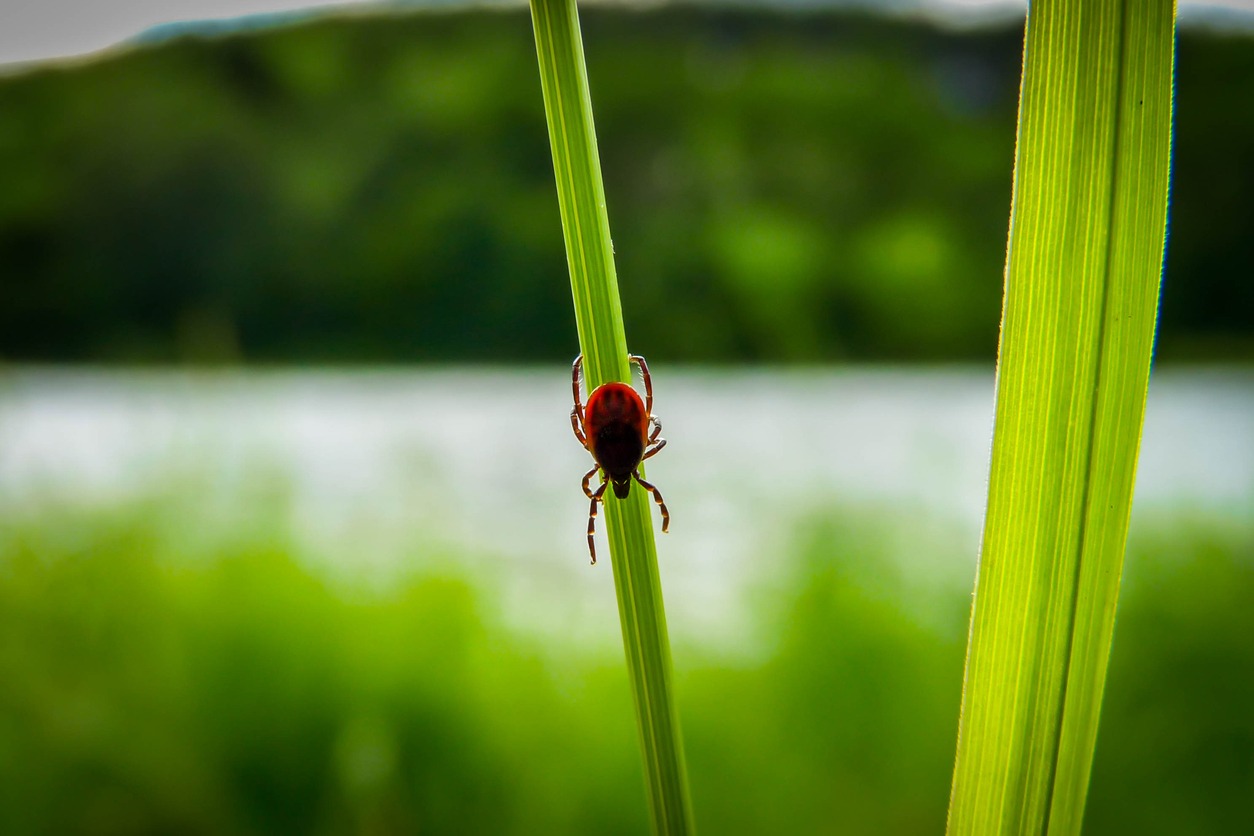
What They Are: Ticks are small, blood-sucking arachnids that can attach to both pets and humans. They are more than just a nuisance — ticks can transmit diseases such as Lyme disease and Rocky Mountain spotted fever, making them a significant concern.
What They Affect: Ticks are found in the shady areas of your lawn, particularly in tall grass or areas with overgrown vegetation. While ticks don’t typically damage grass directly, their presence can make your lawn less enjoyable and even hazardous to your health.
How to Get Rid of Them:
- Mow Regularly: Keeping grass cut short reduces the places where ticks can hide, making your yard less appealing to these pests.
- Use Tick Repellent: Apply a tick-repellent solution to your yard, especially along the edges where ticks are most likely to thrive, enhancing safety.
- Remove Debris and Overgrowth: Ticks love to hide in tall grasses and leaf piles; regularly trimming bushes and removing debris from your yard will reduce places for ticks to hide, improving safety.
Aphids: The Tiny Green Menace
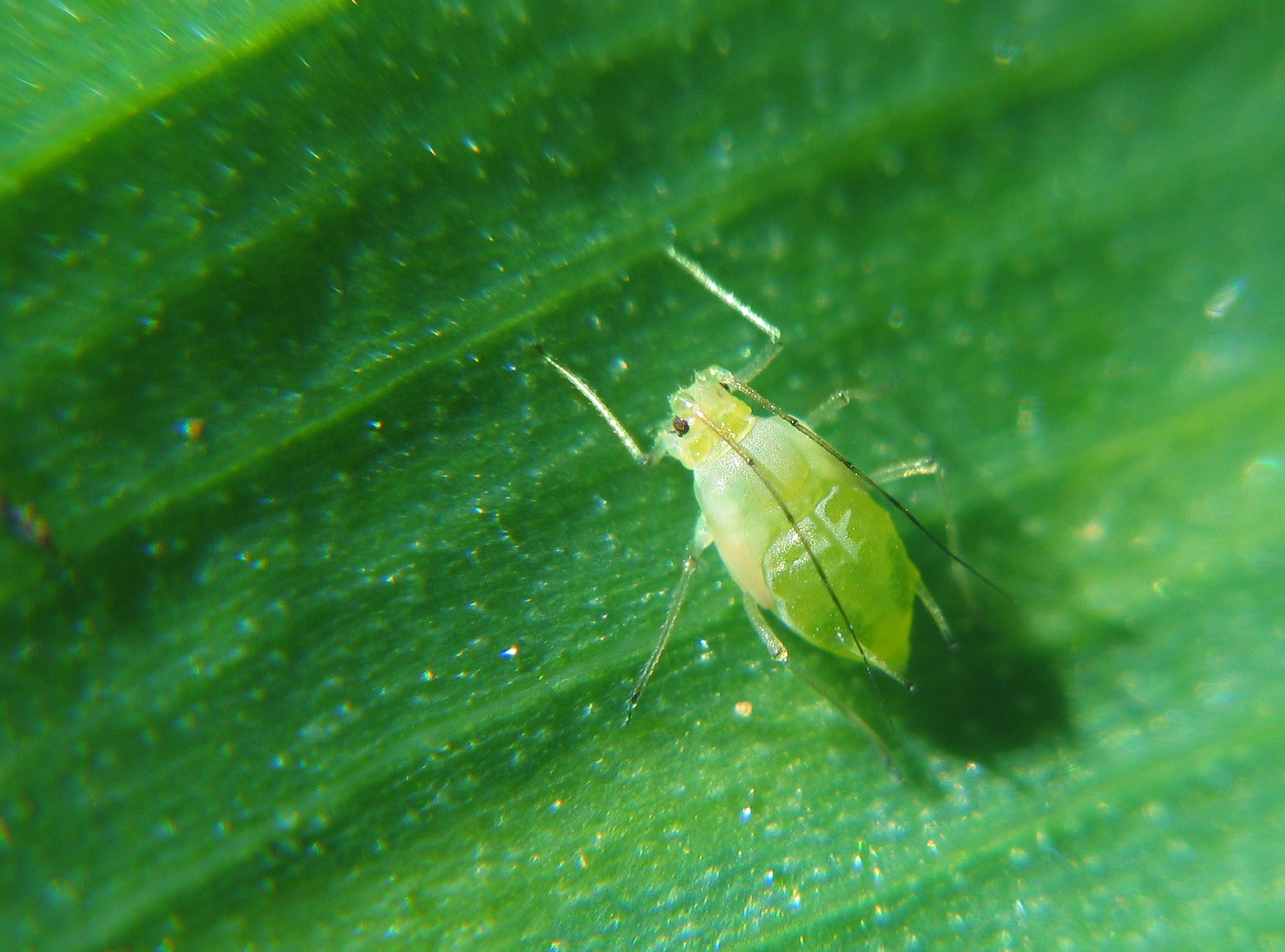
What They Are: Aphids are small, pear-shaped insects that feed on the sap of plants, often leaving a sticky residue called honeydew. While aphids are more commonly associated with garden plants, they can also target your lawn, particularly if you have a mixture of ornamental plants and grasses.
What They Affect: Aphids typically affect the leaves and stems of plants. As they feed, they weaken the plants and can distort their growth. The honeydew they produce can also attract ants and create a breeding ground for mold and mildew.
How to Get Rid of Them:
- Introduce Natural Predators: Ladybugs, lacewings, and other natural predators love to feast on aphids. Introducing these beneficial insects can help manage aphid populations naturally, offering an eco-friendly and sustainable method for pest control in your garden.
- Use Soap Sprays: A solution of water and mild dish soap can be sprayed directly onto affected plants. This treatment suffocates aphids without harming your plants, providing an effective and chemical-free way to address infestations and protect your greenery.
- Avoid Over-Fertilizing: Excessive nitrogen in the soil can encourage aphid growth. Avoid over-fertilizing your lawn to reduce aphid attraction, as a balanced nutrient supply promotes healthier plant growth and deters these common garden pests.
Armyworms: Grass-Killing Caterpillars
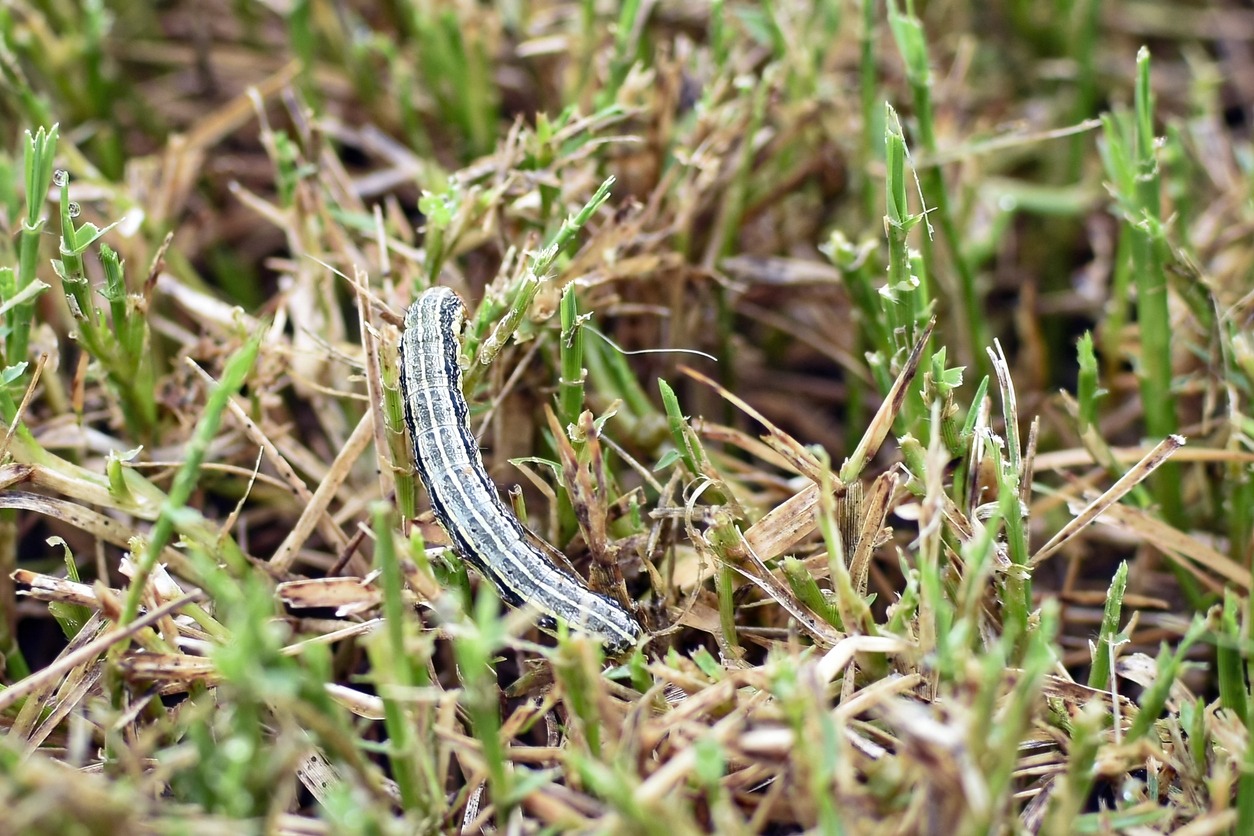
What They Are: Armyworms are caterpillars that can devastate your lawn by feeding on grass blades, often in large groups. They are most common in late summer and early fall, when they migrate in search of food.
What They Affect: Armyworms feed on the top of grass blades, stripping the lawn of its green color. If left unchecked, they can completely decimate sections of your lawn, leaving it looking brown and patchy.
How to Get Rid of Them:
- Insecticidal Treatment: Apply a targeted insecticide when armyworms are actively feeding, typically in the late evening or early morning. Timing is crucial, as you want to catch them in their early feeding stage for maximum effectiveness.
- Natural Predators: Birds and beneficial insects like predatory beetles are natural predators of armyworms. Encouraging a bird-friendly environment and introducing beneficial insects can significantly help reduce their population organically.
How to Reduce Lawn Pests Through Maintenance

A proactive approach to lawn care can significantly reduce the presence of pests in your Omaha lawn. Here are some essential maintenance practices to keep in mind:
- Regular Mowing and Trimming: Keeping your grass at an appropriate height reduces hiding spots for pests like ticks and chinch bugs. Mow your lawn regularly and trim shrubs and bushes to remove overgrown areas where pests can thrive, ensuring a neat and pest-unfriendly landscape.
- Aerate Your Lawn: Aerating your lawn allows water and nutrients to penetrate the soil more easily. This promotes healthier, stronger grass that is better able to resist pest damage, leading to a more resilient and beautiful lawn throughout the season.
- Water Correctly: Overwatering your lawn can lead to a variety of pests, as it creates a damp, favorable environment for insects like grubs. Water your lawn deeply but infrequently to encourage deep root growth, which helps grass stay strong in the face of pest invasions and drought.
- Fertilize Your Lawn: Fertilizing your lawn with the right nutrients strengthens the grass and makes it more resistant to pests. However, avoid over-fertilizing, as this can attract pests like aphids, disrupting the delicate balance of your lawn’s ecosystem.
- Mulching: Mulch can be used to maintain moisture around your plants and prevent weeds, which are often a magnet for pests. Additionally, it helps reduce the population of unwanted insects by creating a less hospitable environment for them, improving overall plant health.
Low-Maintenance Landscaping to Reduce Pests
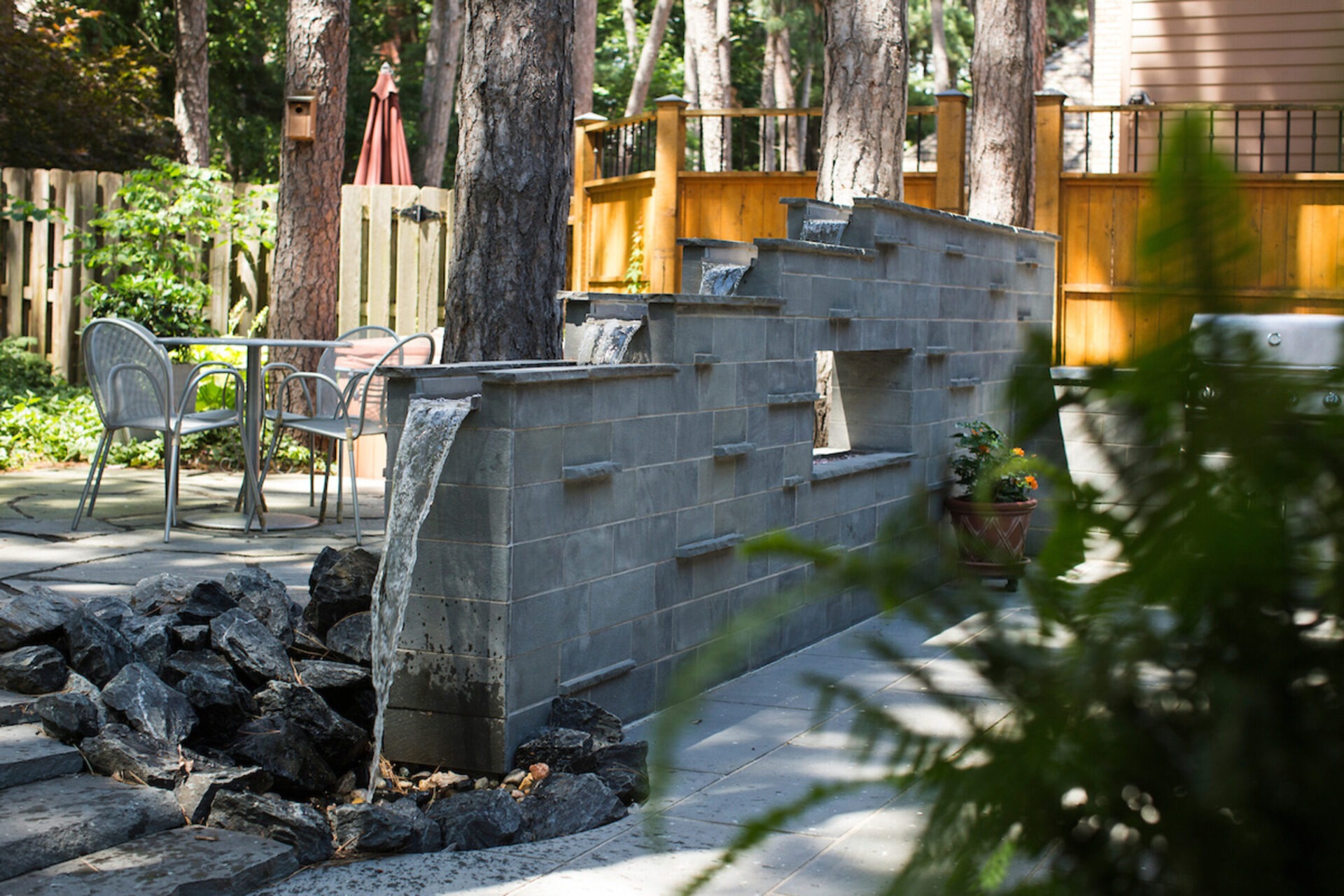
If you’re looking to create a beautiful lawn without the constant battle against pests, low-maintenance landscaping is the way to go. Here are some types of plants and strategies that can reduce pest problems while minimizing maintenance:
- Native Plants: Native plants are perfectly adapted to the local climate, thriving with minimal intervention. They naturally require less water and maintenance, making them inherently less attractive to pests and more resilient against infestations, offering a robust natural defense.
- Ground Covers: Instead of traditional lawns, consider sustainable ground covers like clover or creeping thyme. These alternatives are not only remarkably drought-tolerant, significantly reducing water usage, but also naturally pest-resistant, promoting a healthier ecosystem in your yard.
- Hardscaping: Incorporating hardscaping features such as elegant stone paths, inviting patios, and sturdy retaining walls significantly reduces the amount of grass available for pests to invade. Additionally, it greatly allows for superior water drainage and exceptionally easier maintenance.
- Perennial Plants: Opt for perennial plants that gracefully return year after year, eliminating the need for annual replanting. Many perennials are also naturally pest-resistant, making them an exceptionally smart and beautiful choice for truly low-maintenance landscaping solutions.
Get Help with Lawn Pests in Omaha
Lawn pests in Omaha don’t have to be a constant battle. By understanding the types of pests common in the area and implementing proper landscape maintenance, you can create a healthy, thriving lawn that resists the damage caused by pests. Regular mowing, aerating, and watering practices are key to keeping your lawn strong and pest-free, while incorporating low-maintenance landscaping features and native plants can further reduce pest problems. With the right approach, you can enjoy a beautiful, healthy lawn without the hassle of constant pest control.
Contact us if you need more help with landscape maintenance and lawn pest control in Omaha.
Tags:

